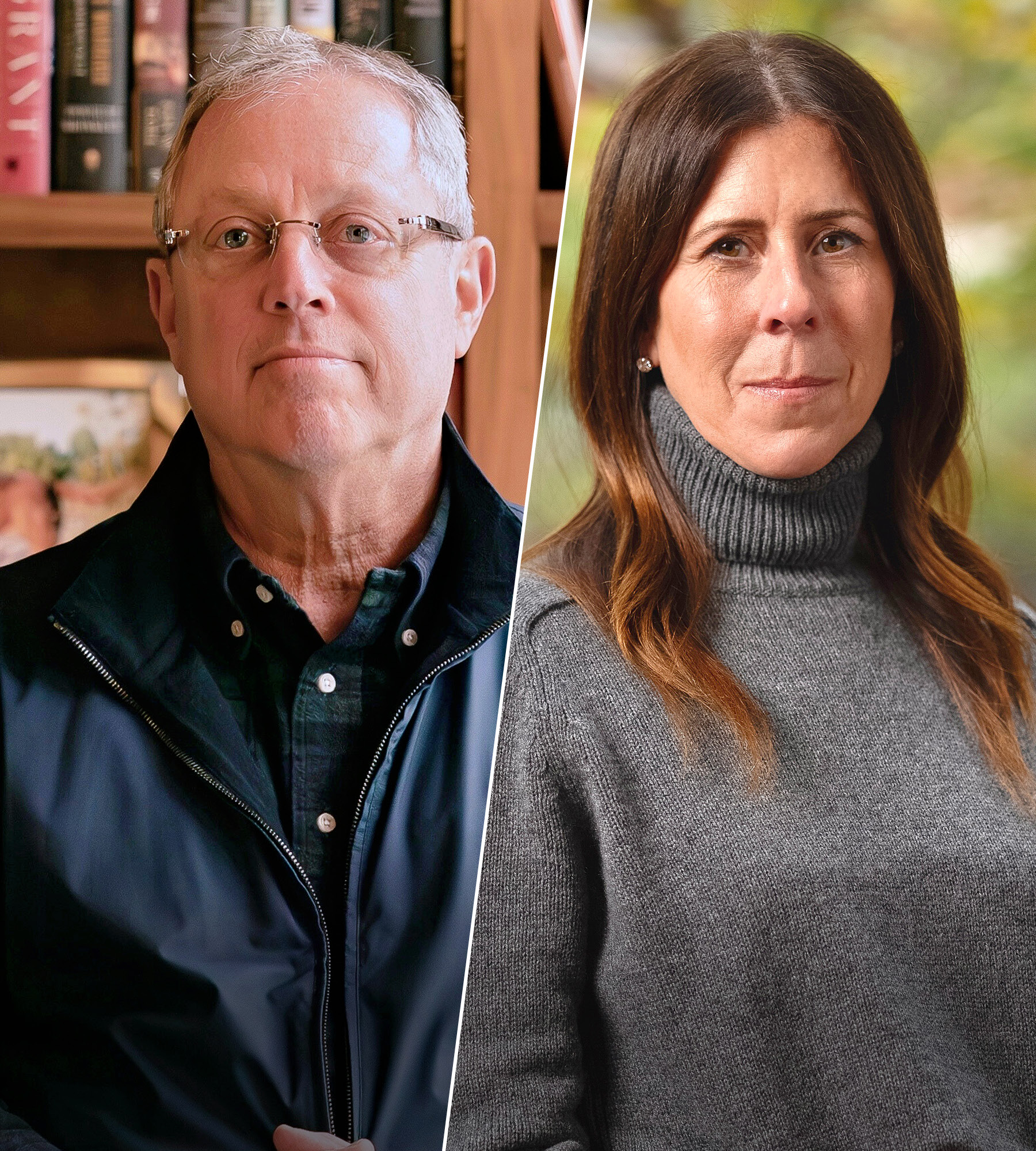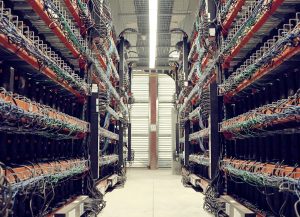Language
You can read the magazine in one of the following languages
In the bustling world of cryptocurrency, TeraWulf stands out for its unique approach to bitcoin mining. Unlike most miners who rely on fossil fuels, TeraWulf is committed to utilizing zero-carbon energy sources, pioneering a more sustainable future for the industry.
At the helm of the company are CEO Paul Prager and CSO Kerri Langlais, who boast more than 15 years working together in the energy sector, long before TeraWulf’s founding in 2021.
“I like to build things that serve a real purpose,” Prager says. This is not a surprising comment, coming from someone who started his career in the United States Navy, graduating from the Naval Academy in Annapolis, Maryland, before beginning his decades of work in developing and operating power plants and energy assets.

“Bitcoin mining is energy infrastructure, that’s all. It’s about sourcing the lowest-cost power, which is often underutilized renewable resources in remote locations, and converting it to bitcoin,” he says. “Our leadership team is unique in terms of our experience together. We’ve been working side by side in the energy industry for a very long time.”
This experienced leadership, combined with TeraWulf’s innovative business model, strategic vision and commitment to renewable energy, has positioned TeraWulf as a leader in the sustainable bitcoin mining revolution.
TeraWulf’s journey into bitcoin mining began many years ago when its now sister company, Beowulf, started developing one of Marathon Digital’s first bitcoin mining sites. In witnessing firsthand that the core of bitcoin mining is energy infrastructure, they realized that, using their unique skill set, they could mine bitcoin in both a more sustainable and profitable way.
“I decided I wanted to manage and operate my own bitcoin mining company and do it the responsible way,” Prager recalls. “Given the experience of the team and unparalleled understanding of the nuances of procuring energy, as well as building and operating energy infrastructure, we formed TeraWulf with the mission of mining bitcoin utilizing zero-carbon energy. We believed that, in doing so, we could mine bitcoin at a lower cost relative to our peers, because we own the assets and know how to run them efficiently. We would not be relying on a third party to do it for us.”
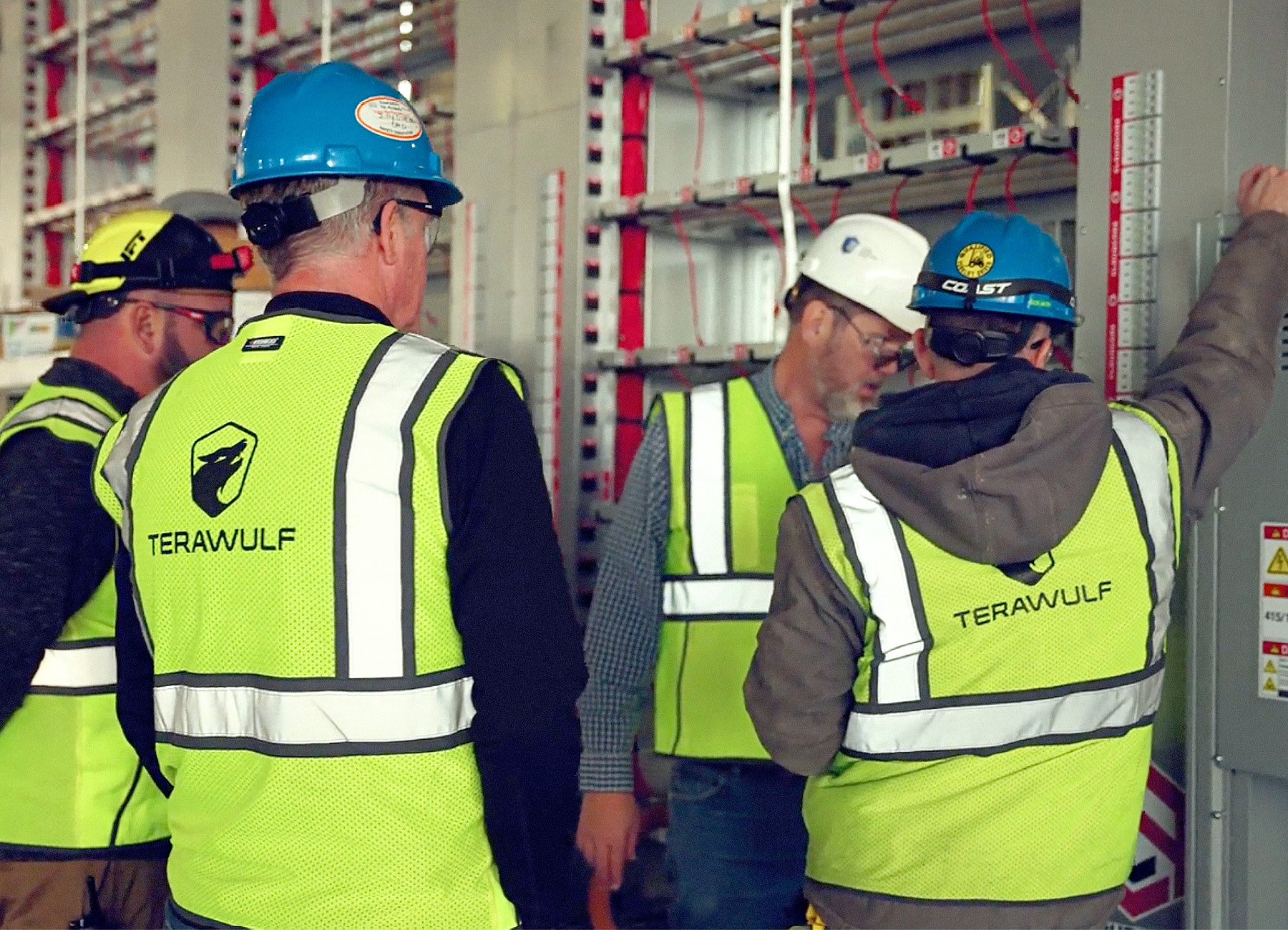
– Paul Prager
Compared to other bitcoin miners who effectively rent the mining and energy infrastructure to mine bitcoin from a third party, referred to as “hosting”, TeraWulf is vertically integrated. This means the company controls every step in the value chain, from controlling the site, to sourcing the power, to owning the mining equipment and operating the facilities.
“It was an opportunity to do it better, smarter, more efficiently, lower-cost and, most importantly, utilizing zero-carbon power,” Prager says.
The world of bitcoin is subject to cyclical fluctuations, with the reward, or revenue, for mining bitcoin cut in half every four years, CSO Langlais explains. This presents a challenge for miners to remain profitable through the “halving”, but TeraWulf’s low-cost production model allows it to weather these cycles effectively.
“Our bitcoin mining facilities are strategically located in areas where there is an abundance of low-cost, renewable energy resources that often go to waste,” she explains. “So, even when the reward for mining is cut in half, we still operate a profitable business because we’re sourcing the lowest-cost renewable energy. Efficiently powering and operating our facilities ensures that we deliver the lowest unit economics in producing bitcoin.”
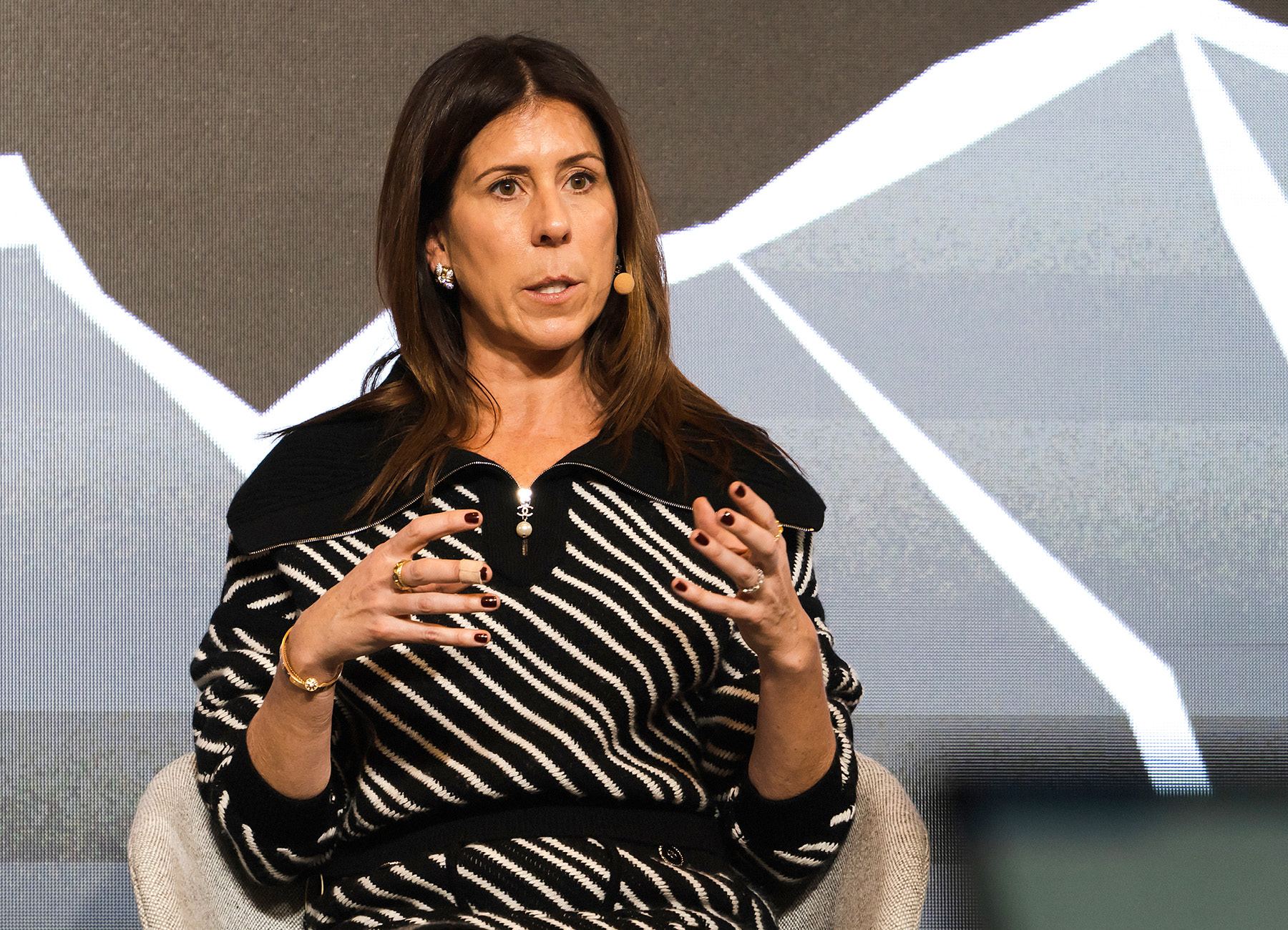
– Kerri Langlais
By focusing on operational efficiency and utilizing zero-carbon energy, TeraWulf minimizes its operating expenses, ensuring profitability even during periods of reduced rewards.
However, keeping these costs down requires discipline, Prager stresses. That includes ensuring that the right people are in the right positions. “Discipline drives efficiency and efficiency means you’re saving time; when you’re saving time, you’re saving money and now you can dedicate more time towards growth and expansion,” he says.
“It gets you the extra at-bats you need to hit it out of the park. So, yes, discipline is everything.”
Partnerships with like-minded businesses in the space, such as digital asset mining and staking company Foundry, also drive success.
“We have been working closely with Foundry since we began mining bitcoin,” Prager says. “It has been a great opportunity to not only participate in Foundry’s mining pool, but also collaborate on logistics, spare parts and even onsite support from both teams. It’s a great example of a true partnership within the mining space.”
The bulk of TeraWulf’s revenue comes from self-mined bitcoin, which enters a mining pool operated by Foundry. At the end of each day, Foundry deposits the mined bitcoin into TeraWulf’s digital wallet.
While bitcoin mining remains TeraWulf’s core business, the company recognizes the importance of diversifying its revenue streams. For instance, at the Lake Mariner facility in upstate New York, TeraWulf provides ancillary services such as demand response, helping to balance out the local power grid and, at the same time, earning revenue for doing so.
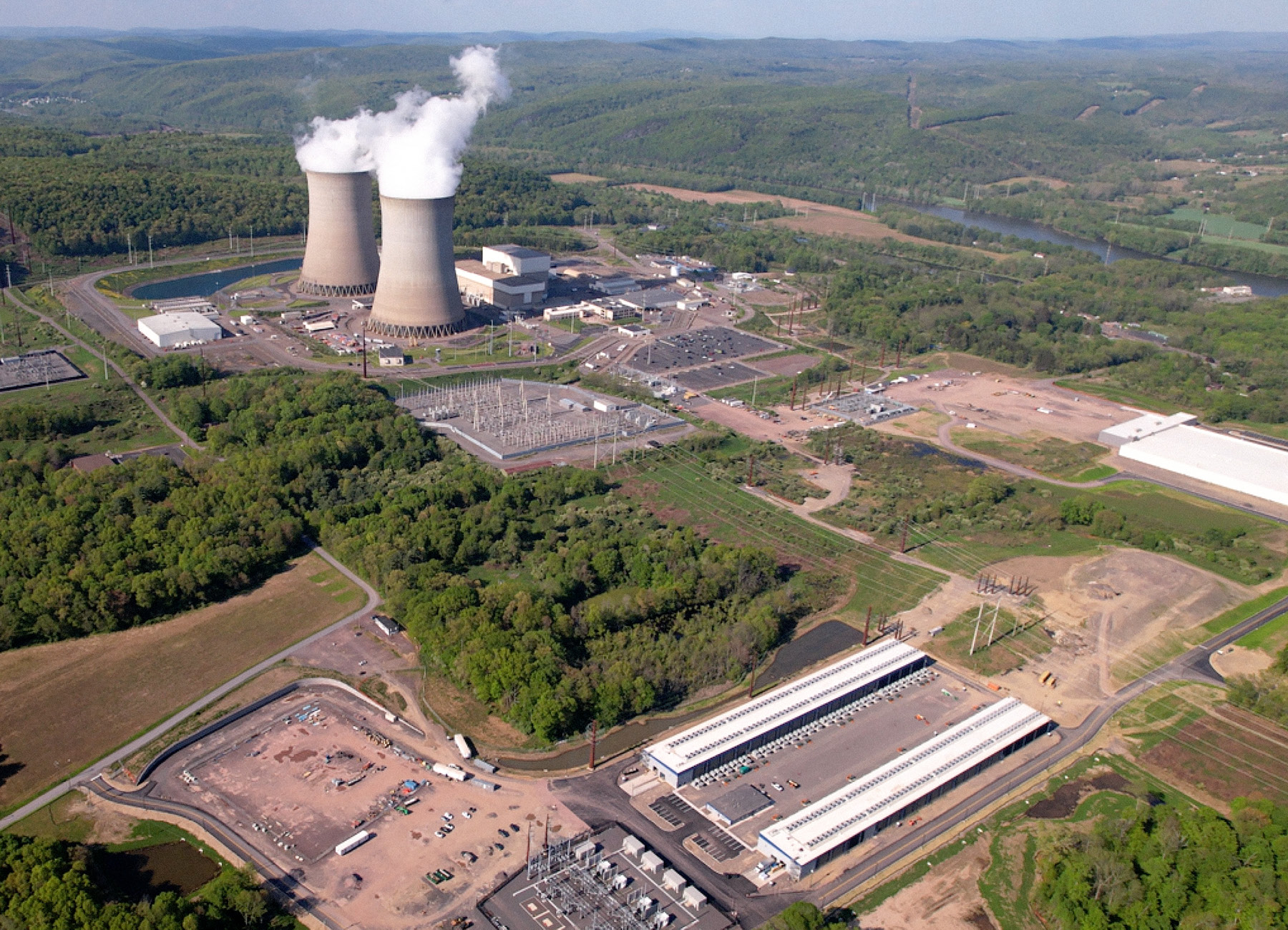
– Kerri Langlais
In addition to generating additional revenue, this strategic move also helps to strengthen their relationship with local communities and reinforces their commitment to responsible energy consumption.
“In the rural communities where we operate, we source underutilized, low-cost renewable energy, primarily hydro and nuclear power, that may otherwise go to waste. In doing so, we’re able to provide an economic engine to the communities,” Langlais says. “Our bitcoin mining facilities are located in more rural areas, where there may not be as many opportunities for jobs.”
Moreover, by providing demand response services to the local grids during periods of high demand, she says, TeraWulf helps accelerate the energy transition to a zero-carbon future.
“With the transition to renewable resources, the energy landscape has been flipped on its head,” Langlais explains. “We used to rely on thermal energy sources, like coal and gas, that were dispatchable, meaning they could ramp up or down to follow changes in demand. Now, since renewable resources are by nature intermittent, we need demand to follow power supply.
“Bitcoin mining is the perfect flexible load to help balance the grid.”
Leading a publicly traded company like TeraWulf requires a clear and concise communication strategy. This responsibility requires Prager and Langlais to spend much of their time on the road, educating investors about the company’s investment thesis.
“Bitcoin mining is still a relatively nascent industry and still I don’t think investors appreciate that, in its simplest form, bitcoin mining is a conversion business. We’re taking a local commodity, energy, and converting it into a global commodity and store of value known as bitcoin,” Prager says.
“But there are a lot of data points that I think would be valuable for investors to appreciate, and that’s what we’re trying to do – get that accurate and timely information out there.”
One key message for investors is that TeraWulf’s zero-carbon commitment will become increasingly important as potential regulations are considered to control greenhouse gas emissions, particularly from bitcoin mining.
“We know regulation is coming and we applaud it because we think it will further validate the sector, help make the space more transparent in setting standards for financial disclosures and maybe even open it up to a much wider audience of investors,” Prager says.
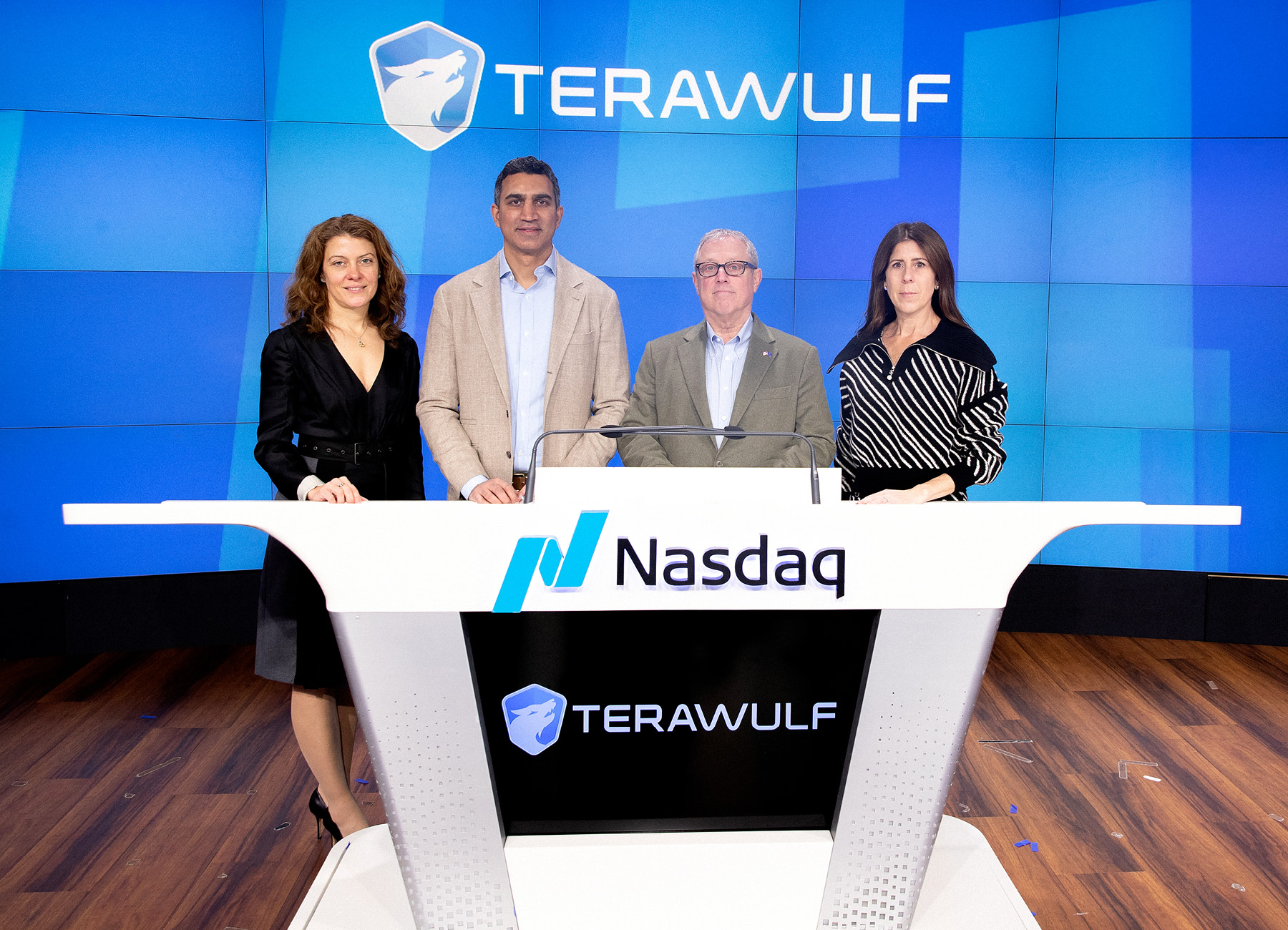
– Paul Prager
“It’s only a matter of time. So we’re doing our best to ensure our financial and operational disclosures are complete and comprehensible to make it easier for people to understand the energy-to-bitcoin conversion process.”
This is a message that TeraWulf’s own leadership and staff are investing in. The company boasts nearly 50 percent insider investment, and Prager himself has invested US$12 million in the last 12 months, making him the company’s largest shareholder.
This personal stake in the company’s success motivates Prager and the rest of the leadership team with a sense of urgency. “Everyone has been operating under the premise that the rising tide lifts all boats, and I think that was true for a while,” he says.
“But, as we approach the halving, which is only a few months away, the landscape is becoming much more competitive, and I think it’s OK to be out there with a sense of conviction, and actively sharing why our business is different and why it makes sense for people to invest in us and not others.
“I believe in being tenacious in support of your thesis.”
